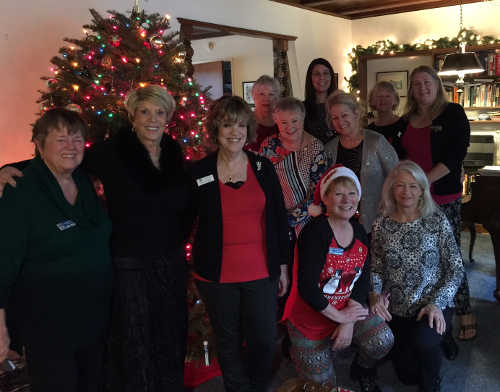NORTHERN CALIFORNIA – Local advocates are urging the Bureau of Land Management to continue its strong tradition of conservation in Northwest California as they draft a blueprint for the future management of public lands in the region.
The BLM Field Offices in Arcata and Redding are currently revising a guiding plan that will determine how they care for public lands for the next decade or more.
This effort will address approximately 396,000 acres of public lands that BLM stewards in Del Norte, Humboldt, Mendocino, Trinity, Siskiyou, Shasta, Tehama, and Butte Counties.
The BLM will gather input on this process at a series of upcoming public meetings throughout the region.
“We encourage our community to get involved in this important public process,” said Ryan Henson, senior policy director for CalWild. “Many issues will be addressed, including protecting sources of clean water and important habitats for wildlife, planning for recreational opportunities, and conserving cultural and historic sites important to Native American tribes. If you care about public lands in this region, come make your voice heard.”
These public meetings include the following (please note that all meetings will be held from 5 to 7 p.m.):
• Weaverville: Tuesday, Jan. 10, Veterans Memorial Hall, 103 Memorial Drive.
• Eureka: Wednesday, Jan. 11, Humboldt Bay Aquatic Center, 921 Waterfront Drive.
• Garberville: Thursday, Jan. 12, Mateel Community Center, 54 Rusk Lane, Redway.
• Willits: Tuesday, Jan. 17, Willits City Hall Community Center, 111 Commercial St.
• Chico: Wednesday, Jan. 18, Oxford Suites, 2035 Business Lane.
• Yreka: Thursday, Jan. 19, Miner's Inn, 122 E Miner St.
In this region, the BLM manages public lands from the North Coast to the Central Valley and the foothills of the Sierra Nevada Mountains.
These lands include isolated redwood groves, oak woodlands, rivers and streams, and are home to bald eagles, marbled murrelet, western snowy plover, salmon and steelhead, and sandhill cranes.
“Our public lands are a beacon of hope for our future – if we take care of them, they will take care of us,” said Shiloe Braxton, district manager for Trinity County Resource Conservation District. “We urge BLM to continue working with the public to build strong partnerships with the public, like the one we formed together to turn 13,000 acres of federal land into the Weaverville Community Forest. The more we work together to build and strengthen these special places, the more we strengthen the fabric of our community.”
These lands offer the opportunity to experience the wild solitudes of California. For example, the Lacks Creek area of Humboldt County offers remote trails for hikers and cyclists within an hour’s drive of Arcata and Eureka, while the Clear Creek Greenway in Shasta County effectively functions as a city park for the communities of Anderson and Redding, with thousands of people enjoying its trails every year.
Recreation is not the only value of these lands. Mendocino County’s English Ridge is made up of forested slopes covered with ancient Douglas firs and some the greatest diversity of oak trees in the state – nearly a dozen species in total.
In northwest Trinity County, the North Fork Trinity Watershed holds a deep connection to Gold Rush history with the ghost town of Helena located nearby. The watershed is home to bald eagles, osprey, river otters, beavers, and migratory birds.
Wilderness areas included in this planning effort include Elkhorn Ridge, South Fork Eel River, Yolla Bolly Middle Eel, Ishi and Yuki Wilderness Areas.
These public lands provide important habitat corridors and are among the most untouched in the region. The surrounding areas have suffered a long history of logging, mining, road construction and other development activities.
“Protecting and conserving public lands is critical for threatened species like salmon that depend on cool water refugia and functioning watersheds,” said Dana Stolzman, executive director of the Salmonid Restoration Federation. “Management plans must take into account that public lands provide lasting resources and unimpaired habitat for species that are at risk of extinction within our lifetimes.”
All of these BLM lands are managed according to documents known as Resource Management Plans, or RMPs. The Arcata and Redding Field Offices’ current RMPs are more than 20 years old and must be updated.
The BLM is calling this revision process the “Northwest California Integrated Resource Management Plan” or NCIP. A draft management plan will be created taking into account the input provided at the public meetings and submitted comments.
Under BLM’s local leadership, communities in Northwest California have benefitted from many successful efforts to protect public lands and manage sustainable recreation. Local advocates hope this legacy will continue for decades to come and that this tradition of conservation will be reflected in the BLM’s updated blueprint.
To learn more about the NCIP or to get information on how to submit public comment, visit BLM’s Land Use Planning Register.


 How to resolve AdBlock issue?
How to resolve AdBlock issue? 









